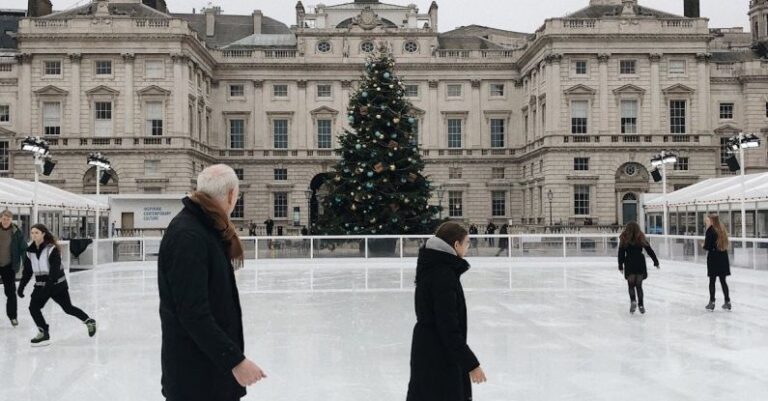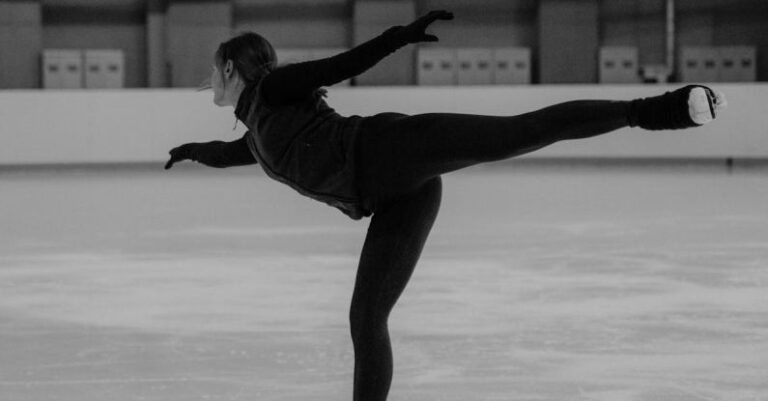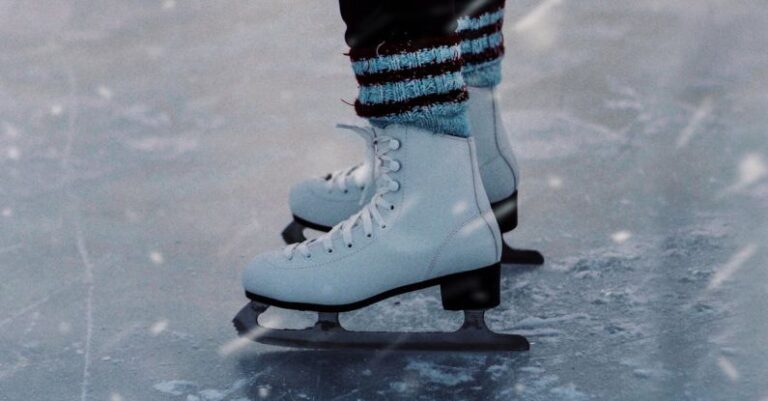
Ice skating is a graceful and exhilarating winter activity that can be enjoyed by people of all ages. Whether you’re a beginner looking to learn the basics or an experienced skater wanting to improve your skills, mastering some fundamental ice skating moves is essential. In this article, we will delve into the world of ice skating and explore how you can perform basic moves with ease and confidence.
Getting Started on the Ice
Before you attempt any ice skating moves, it’s crucial to ensure you have the right equipment. Make sure your skates fit properly and are sharpened regularly to provide optimal traction on the ice. Additionally, wearing appropriate clothing that allows for freedom of movement and keeps you warm is essential.
When you step onto the ice, take a moment to get accustomed to the sensation of gliding. Start by pushing off gently with one foot while keeping your knees slightly bent and your arms out to the sides for balance. Practice gliding in a straight line and getting comfortable with the movement before moving on to more advanced maneuvers.
Mastering the Forward Glide
The forward glide is the most basic ice skating move and forms the foundation for more advanced techniques. To perform a forward glide, push off with one foot and transfer your weight onto the other foot as you glide forward. Keep your posture upright, shoulders relaxed, and arms extended out to the sides to maintain balance.
Focus on keeping your movements smooth and controlled, using your knees to absorb any bumps in the ice. The key to a successful forward glide is finding a rhythm that allows you to glide effortlessly across the ice.
Perfecting the Two-Foot Glide
Once you feel confident with the forward glide, you can progress to the two-foot glide, which involves gliding forward on both feet simultaneously. Start by pushing off with both feet and gradually shifting your weight to find your balance. Keep your feet parallel and your knees slightly bent to maintain stability.
Practice the two-foot glide by focusing on your posture and keeping your movements coordinated. Engage your core muscles to help you stay centered and avoid leaning too far forward or backward. With practice, you’ll be able to glide smoothly on both feet with ease.
Learning to Stop Safely
Stopping is a crucial skill in ice skating that ensures your safety and control on the ice. One of the most common stopping techniques for beginners is the snowplow stop. To perform a snowplow stop, point your toes inward, creating a “V” shape with your skates, and press the inside edges of your blades into the ice to slow down.
Practice the snowplow stop at a comfortable speed, focusing on gradually applying pressure to come to a gentle halt. Remember to keep your weight centered over your skates and avoid leaning too far forward or backward to maintain balance.
Turning with Ease
Turning is another fundamental ice skating maneuver that allows you to change direction smoothly and gracefully. To perform a basic turn, shift your weight slightly in the direction you want to go and use your edges to guide your movement.
Practice turning in both directions to improve your balance and coordination on the ice. Focus on using your edges to control the turn and maintain a steady speed throughout the maneuver. With practice, you’ll be able to execute turns with confidence and precision.
Enjoying the Journey
Ice skating is a rewarding and enjoyable activity that offers a unique blend of athleticism and artistry. By mastering basic ice skating moves, you can enhance your skills and experience the thrill of gliding across the ice with grace and confidence. Remember to practice regularly, stay patient with yourself, and most importantly, have fun on your ice skating journey!





